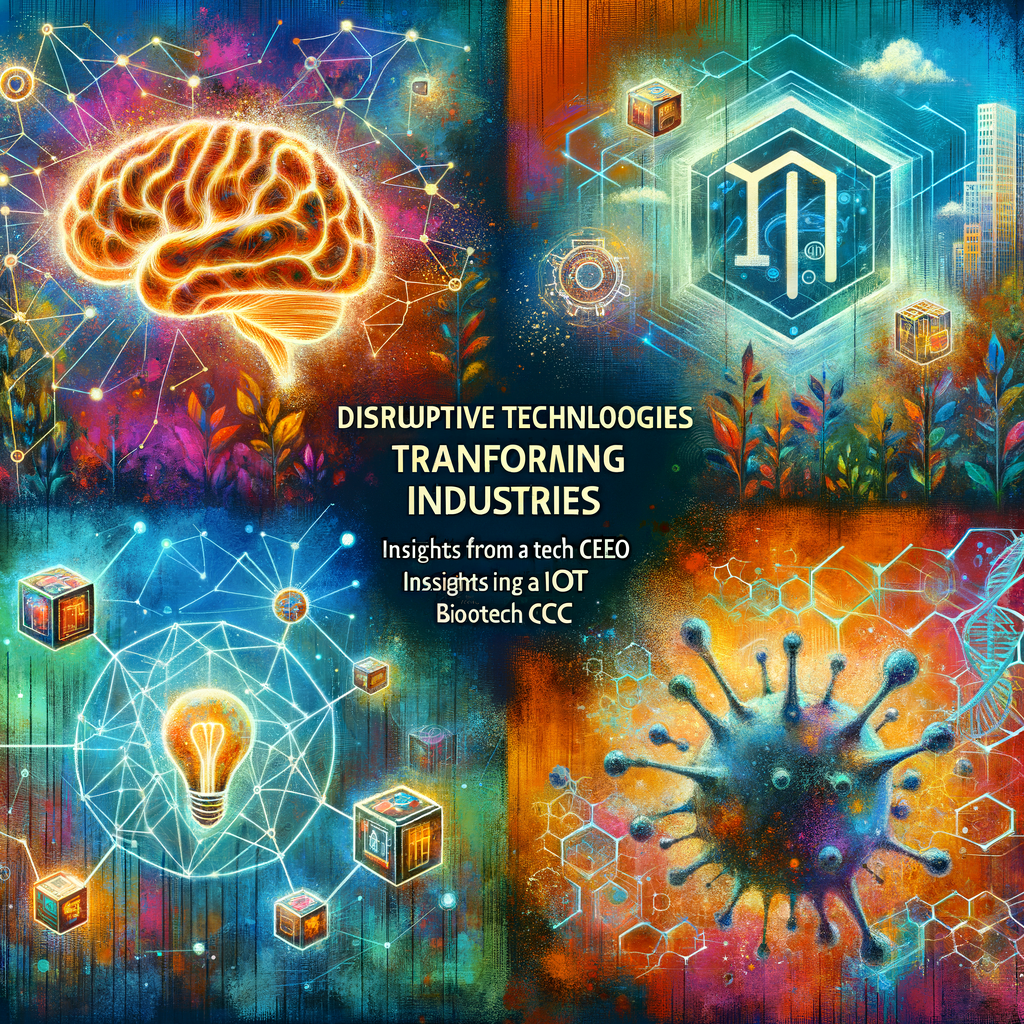Introduction
Welcome to our exploration of managing public innovation hubs. As someone who’s navigated the turbulent waters of entrepreneurship for over two decades, I understand the importance of fostering innovation – especially in public tech parks, science parks, and incubators. Today, we dive deep into the art and science of balancing growth and innovation while tethered to the sturdy, yet often restrictive anchor of bureaucracy.
The New Economy
The new economy is a dynamic beast, driven by rapid technological advancements, global connectivity, and a hunger for knowledge. Startups and small businesses are the lifeblood of this economy, needing not just capital but also access to cutting-edge tech, robust networks, and sage advice to flourish.
Adapting to the New Economy
To stay afloat and competitive, public innovation hubs must adapt. They need to evolve into epicenters where technology syncs with talent, and ideas bloom into industry. Mentorship, networking, and innovation-focused cultures are not just nice-to-haves, they’re the building blocks of the new economy’s success.
Bureaucratic Constraints
But there’s a hurdle – bureaucracy. The slow, steady pace of procurement, rigid budgets, and cocooned decision-making processes can stifle the rapid growth necessary for a hub’s success. Risk aversion, while a trusted public sector companion, often stands at odds with the very essence of entrepreneurship.
Navigating Bureaucratic Constraints
The solution? Strategic navigation. Simplify procurement, embrace partnerships, and infuse agility into budgeting and decisions. Innovation and entrepreneurship must move from the sidelines to center stage, backed by stakeholder engagement and support.
Conclusion
Managing public innovation hubs is no mean feat, but it’s possible with the right mindset and tools. We must continue to drive technological progress, nurture entrepreneurship, and thus fuel economic growth – all within the guardrails of bureaucracy. Let’s adapt, innovate, and lead the charge into a prosperous, knowledge-driven future.

